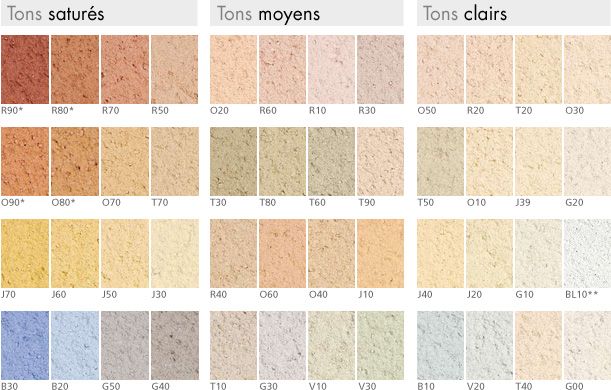Qu'est ce que le sable ?
Le sable, du latin sabulum, (en anglais sand) est une roche sédimentaire meuble, constituée de grains (grains de sable), dont la dimension est comprise entre 0,063 et 2 mm (plus de 2mm = gravier), provenant de la désagrégation d'autres roches.
Pour les géologues, la notion de sable recouvre deux aspects : un aspects granulométrique, faisant référence à la taille des particules, et un aspect minéralogique, faisant référence à la nature des grains.
Le sable est le plus souvent le produit de l'altération du granite (arénisation), du fait de la décomposition du granite par l'érosion. Ainsi, le plus fréquent de ses composants est-il le quartz, le constituant le moins altérable du granite. Le sable peut être constitué d'autres éléments, tels des roches volcaniques, des restes coquillés fossiles ou non (faluns)...
Le sable peut se former aussi par l'action des fleuves et rivières, et des vagues sur les plages, il représente les éléments les plus fins, les graviers étant de taille supérieure aux sables, mais inférieure aux galets. Les plages et les dunes sont les formations de sables les plus visibles.
Source : Geowiki (http://www.geowiki.fr/index.php?title=Sable)
Et le sable du Ferret dans tout ça ?
Par vos observations sur le terrain, la lecture de cette page et de différents panneaux, cette Earthcache vous amènera à découvrir le sable qui forme la presqu'île du Cap Ferret.
Questions :
Au Waypoint/Stage 1 (coordonnées de cette Earth), trouvez l'information suivante :
1- D'après le nuancier suivant, à votre avis, quelle est la nuance principale du sable des dunes du Cap Ferret ?

Au Waypoint/Stage 2, trouvez les informations suivantes :
2- Quel est le calibre de ce sable ?
3- Quels sont les éléments qui l'ont façonné ?
4- Quel est son principal composant ? A quel pourcentage le trouve-t-on ?
5- Quels autres minéraux composent le sable du Ferret ?
Au Waypoint/Stage 3, trouvez les informations suivantes :
6- Citez quelques unes des couleurs que peut prendre le sable au coucher du soleil d'après André Armandy.
Loguez cette cache "Found it" et envoyez-moi vos propositions de réponses via la messagerie geocaching.com (Message Center), et je vous contacterai en cas de problème.
What is sand ?
Sand, in latin sabulum, is made of loose sedimentary rock, its grains' dimension must be between 0,063 and 2 mm (If it is over 2mm, it's called gravel), and it comes from the disintegration of other rocks.
For geologists, the notion of sand covers two aspects : a granulometric aspect, referring to the size of the particles, and a mineralogical aspect, referring to the nature of the grains.
Sand is most often the product of alteration of granite (arenization), due to the decomposition of granite through erosion. Thus, the most frequent of its components is quartz, the least alterable constituent of granite. Sand may consist of other elements, such as volcanic rocks, fossil or non-fossil shell remains (faluns)...
Sand can also be formed by the action of rivers, and waves on the beaches, it represents the finest elements, gravels being larger than sand, but inferior to pebbles. Beaches and dunes are the most visible sand formations.
Source : Geowiki (http://www.geowiki.fr/index.php?title=Sable)
And What about Ferret's sand ?
Through your site observations, your reading of this page and of some information boards, this Earthcache will lead you to discover the sand that forms the peninsula of Cap Ferret.
Questions :
At Waypoint/Stage 1 (actual Earthcache coordinates), find the following information :
1- According to the following color chart, in your opinion, what is the main shade of the sand of the dunes of Cap Ferret ?

At Waypoint/Stage 2, find the following informations :
2- What is the caliber of this sand ?
3- What elements shaped it ?
4- What is its main component ? What percentage is there ?
5- What other minerals make up the sand of Ferret ?
At Waypoint/Stage 3, find the following informations :
6- Name some of the colors that may describe the sand at sunset, according to André Armandy.
>Log this cache "Found it" and send me your answers via geocaching.com (Message Center), I'll get in touch if there is a problem.